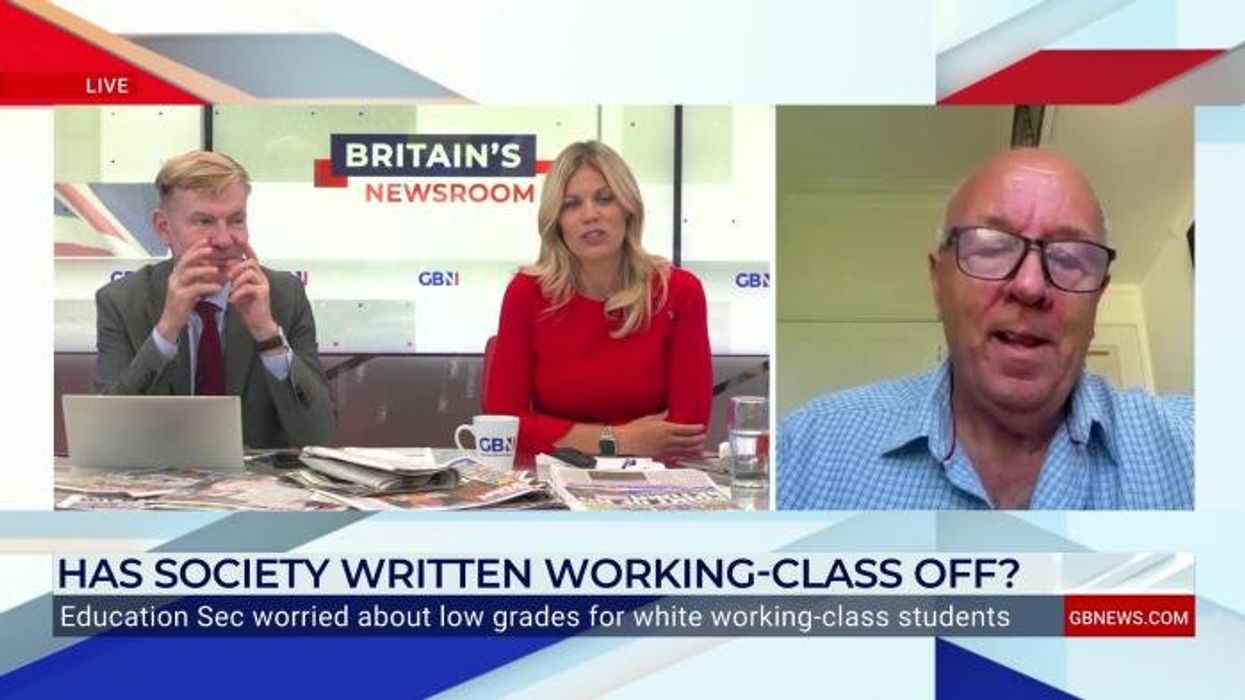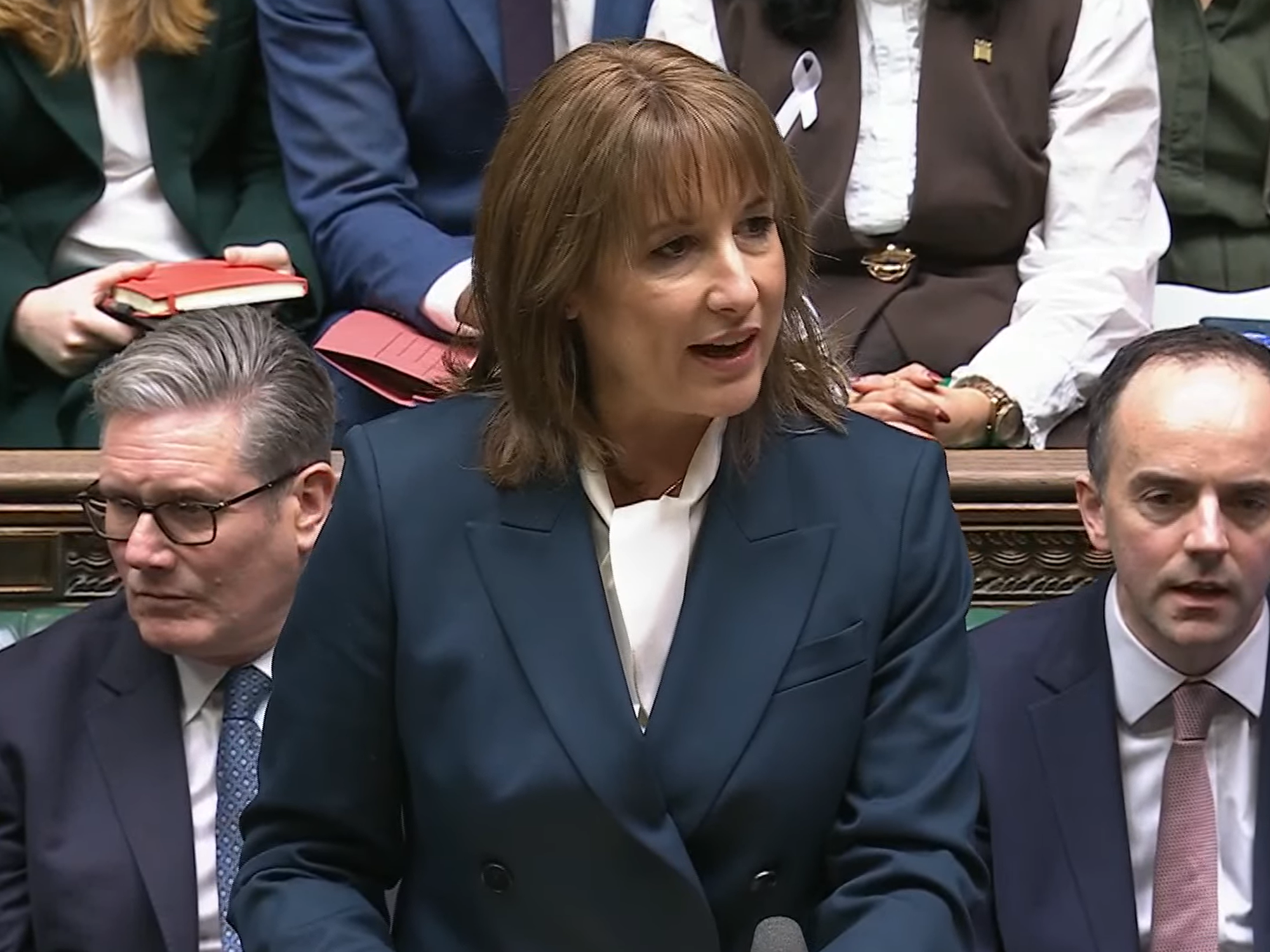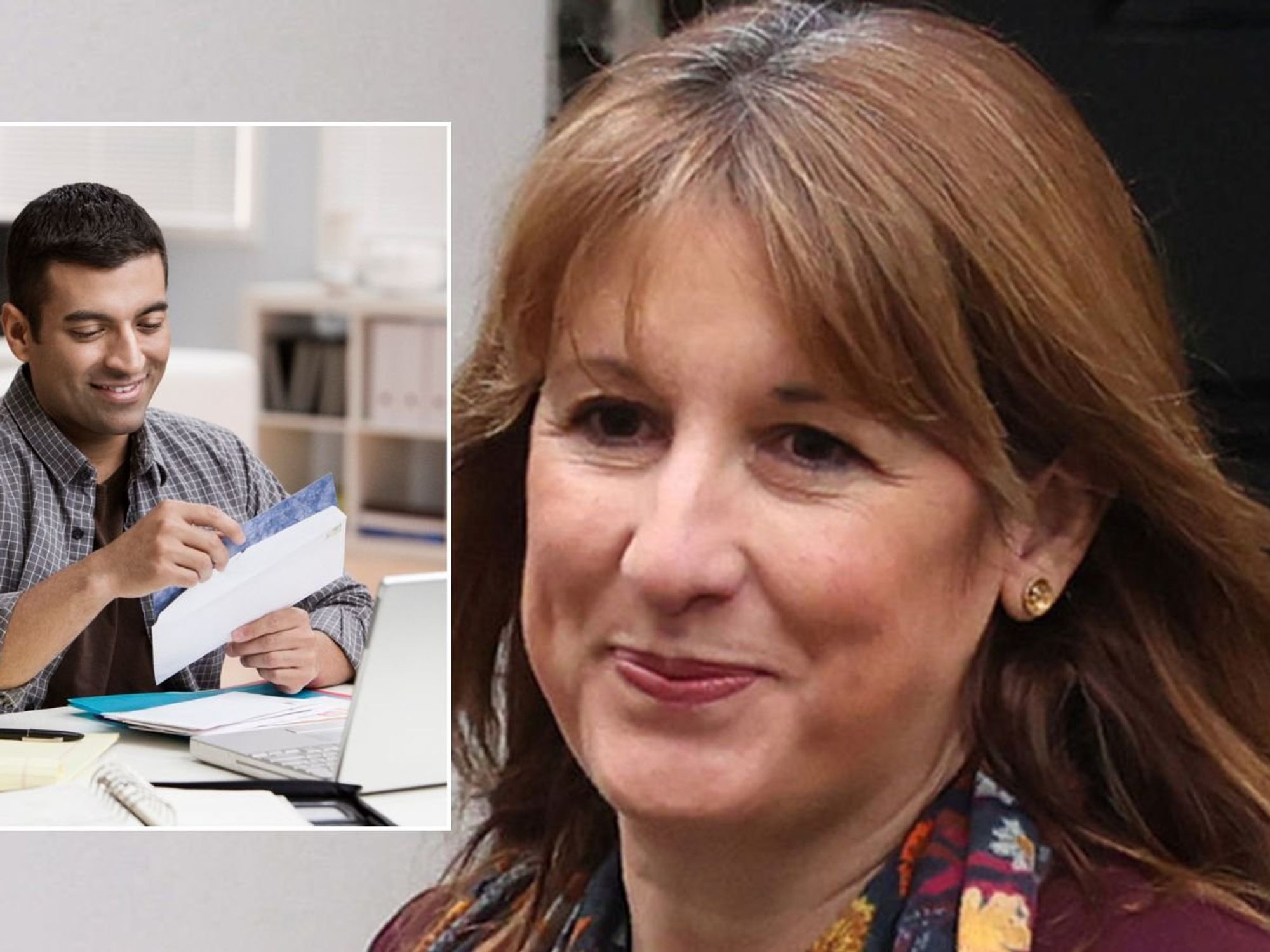Trainee teachers offered up to £31k tax-free to tackle recruitment shortfall

The Government announced major financial incentives to attract maths, science and computing graduates into teaching
Don't Miss
Most Read
The Government has announced it will offer £31,000 in tax-exempt funding for prospective teachers specialising in critical shortage areas such as maths, physics, chemistry and computing.
These monetary incentives form part of efforts to address England's ongoing teacher recruitment difficulties, particularly in science and technical disciplines where staffing gaps have persisted for years.
The Department for Education (DfE) initiative encompasses bursaries and scholarships accessible through multiple training pathways, including university-based programmes and school-centred routes.
Officials hope the scheme will draw candidates from scientific and engineering sectors into education, targeting professionals who might not have previously considered classroom careers.
TRENDING
Stories
Videos
Your Say
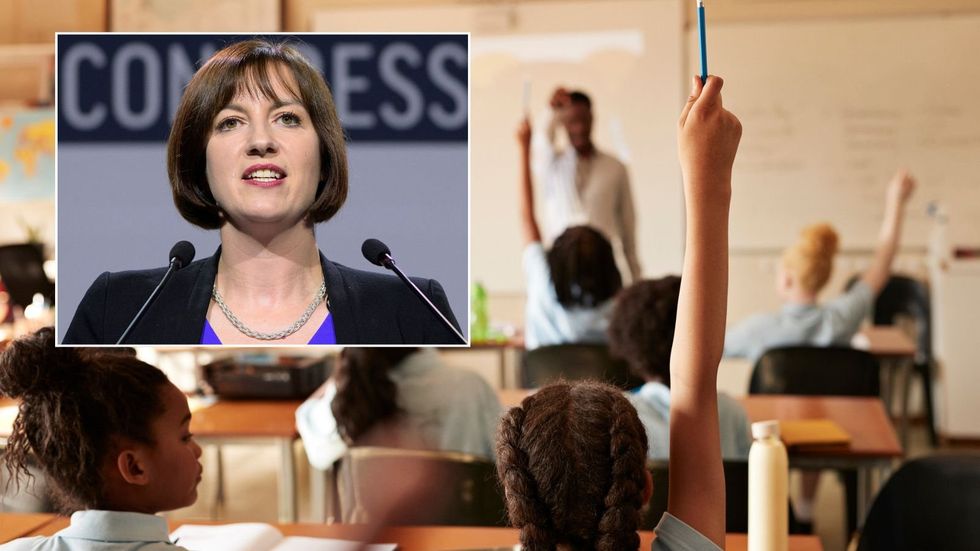
Schools are experiencing teacher recruitment and retention issues
|GETTY
The announcement comes as schools continue struggling to fill positions in these essential subjects, with many institutions operating without specialist teachers in key areas.
Further education trainees will qualify for similar amounts in shortage areas, while those preparing to teach English can access £10,000 and educators focusing on pupils with special educational needs and disabilities will receive £15,000.
A significant development sees Postgraduate Teaching Apprenticeships gaining equal financial support for the first time, enabling schools to secure up to £29,000 for training apprentices in mathematics, chemistry, physics and computing.
The expanded funding structure represents a departure from previous arrangements where different training routes received varying levels of support.
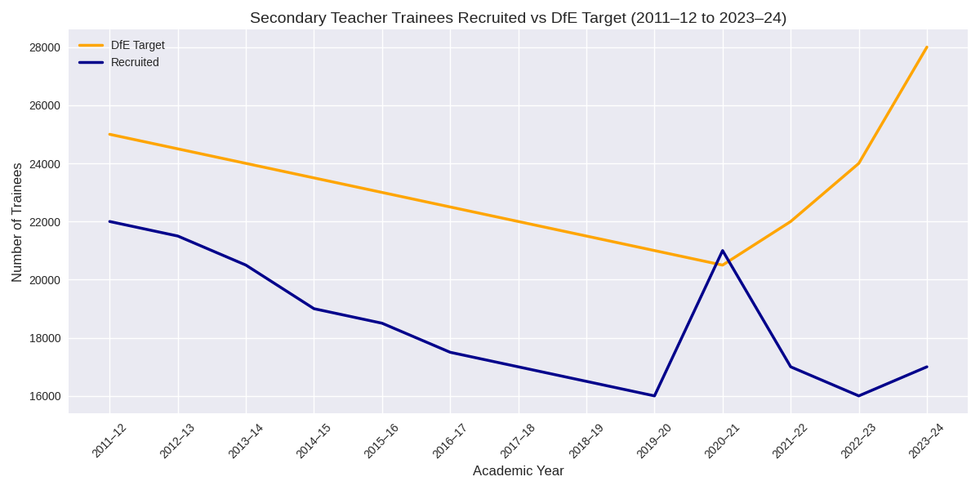
Secondary Teacher Trainees Recruited vs DfE Target
|DfE/CoPilot
Starting next year, these enhanced payments will be available across all approved teacher preparation programmes, marking a comprehensive approach to addressing workforce shortages in England's education system.
Recruitment figures reveal the severity of the staffing crisis, with the Department for Education achieving merely 62 per cent of its secondary trainee targets during the previous year.
The National Foundation for Educational Research anticipates potential improvement to 85 per cent for the 2025/26 academic year, though this projection still falls short of full capacity.
Jack Worth, who leads education workforce research at NFER, emphasised that financial incentives demonstrate proven effectiveness in attracting educators, stating: "Our research has shown bursaries are very effective for recruiting more teachers and retaining additional teachers long-term, particularly in shortage subjects such as physics and maths."
Latest Developments
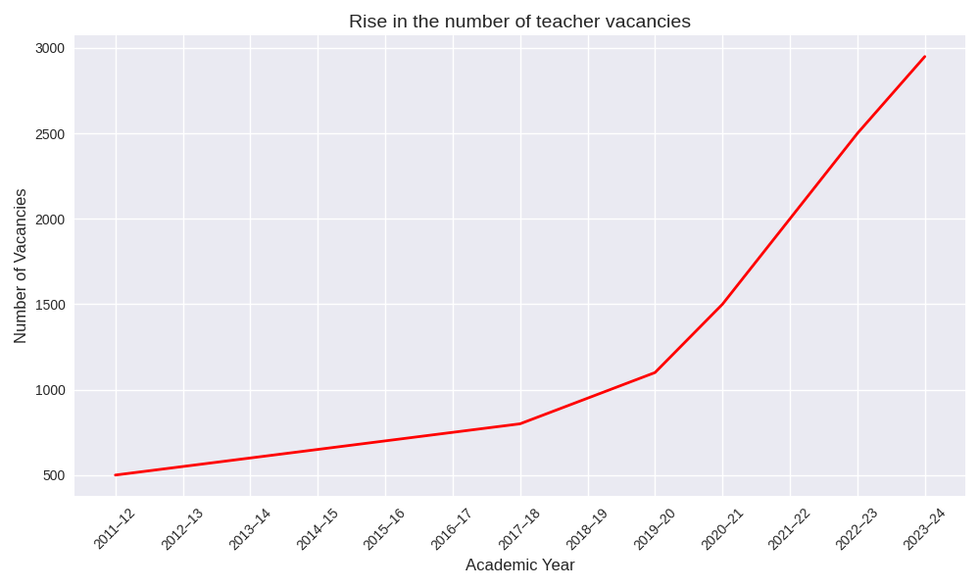
Rise in the number of teacher vacancies in England
|DfE/CoPilot
The Institute of Physics reports that a quarter of secondary schools operate without any qualified physics specialist, illustrating the depth of subject-specific shortages affecting England's education system.
The Department for Education reports encouraging signs, including a 33 per cent increase in physics teacher trainees and 42 per cent growth in computing candidates this year.
Education Secretary Bridget Phillipson affirmed the Government's commitment: "We need talented people with the passion and drive to inspire the next generation, making school a place pupils want to be, boosting outcomes and transforming lives."
She reflected on personal experience, saying that "inspirational teachers changed my life and change the lives of millions of children every day."
Ms Phillipson concluded: "This Government is determined to have more brilliant teachers, in more schools, improving the life chances of more young people."
The National Education Union (NEU) has warned that teachers in the UK continue to work “more intensively and for longer hours than any other profession,” urging immediate action to address excessive workloads.
The union points out that while directed hours are capped at 1,265 annually, teachers are still expected to work “reasonable additional hours” to meet their professional obligations.
It adds that stress and exhaustion are not solely the result of long working hours, but also stem from a lack of professional autonomy.
“Key decisions about the curriculum and teaching strategies [are] taken out of your professional control,” the union states, contributing to a growing sense of disempowerment among staff.
Emma Hollis, chief executive of the National Association of School-Based Teacher Trainers (NASBTT), has reinforced the disconnect between teacher expectations during training and the realities of classroom life.
Many primary teachers enter the profession driven by a desire to support children’s holistic development, while secondary teachers are often motivated by a passion for their subject.
But instead of focusing on these goals, Ms Hollis says, they find themselves bogged down in data tasks and a range of unrelated responsibilities.
She attributes much of this to the erosion of wraparound services, which has left teachers filling roles traditionally held by social workers and mental health professionals. “This isn’t going to attract people to the profession—or keep them in it,” she warns.
More From GB News


